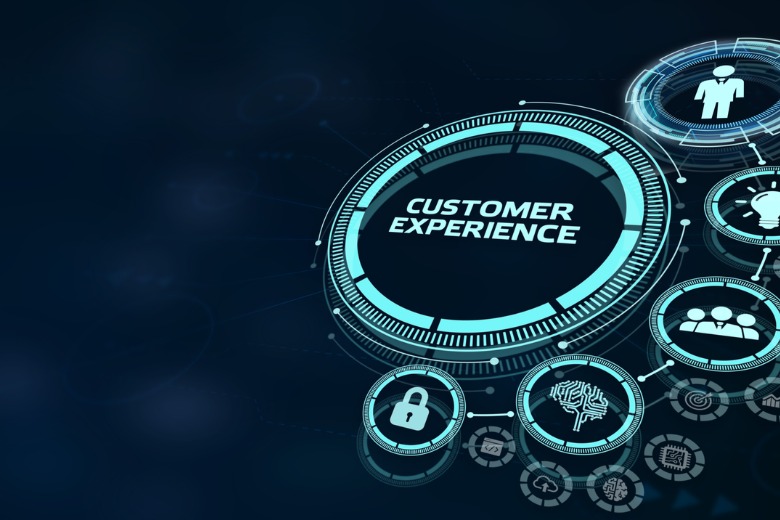
Automated customer service technology is playing a key role in the way the public sector interacts with consumers, but as tech capability continues to be scaled it’s important that the human element isn’t left behind, writes Tony Winterbottom.

Bushfires, floods and a global pandemic have driven governments around Australia to ramp up efforts to deliver services to people across the country. Coming in quick succession, these crises have cemented the importance of customer experience (CX) in government service delivery, with citizens leaning on the public sector to provide additional support.
Even before the onset of these national crises, the public’s expectations of government services and engagement were growing. With private sector organisations increasingly making use of innovative technology to deliver personalised customer experiences at scale, such levels of service delivery have increasingly been expected of government entities as well.
Governments have rapidly expanded their customer service capabilities and invested in new engagement technology over the past two years to deal with the influx of demand from everyday Australians in times of heightened need. Automated customer service technology has played a key role in delivering the scale needed to meet these needs, and governments should be commended for their efforts to serve Australians amid major challenging situations.
Customer trust is a prized asset for government entities. For public sector organisations that have successfully scaled their engagement and service delivery capabilities through automation to improve efficiency and effectiveness, an empathetic approach has the potential to drive customer trust and loyalty at scale.
One of the more compelling customer experience trends making its way across the technology landscape is the idea of empathetic customer experience. This is no different from the principle behind the neighbourly interaction we used to be able to get back when business owners knew all their customers personally. Empathetic customer experience is an approach that aims to accomplish a shift in orientation and perspective towards the experience of another person, to understand the world from their perspective and act accordingly – in short, to make a customer feel like an individual who matters.
Research reveals customers who are empathetically engaged are more loyal, which is why businesses are keen on injecting empathy into their customer experience systems and processes. Empathy can be systematised, its features woven into automated processes to anticipate the customers needs and delivery empathy at scale.
Customer trust is a prized asset for government entities. For public sector organisations that have successfully scaled their engagement and service delivery capabilities through automation to improve efficiency and effectiveness, an empathetic approach has the potential to drive customer trust and loyalty at scale, without needing to bring in legions of additional staff to provide that human touch and personalised experience.
Enabling empathy at scale
Empathy – not to be mistaken for sympathy – might, on the face of it, seem like something only a real human can bring to a customer service interaction.
One particularly effective methodology to systematise empathy in automated customer service interactions draws upon four distinct actions that all engagements should follow: listen; understand and predict; act; and learn.
These four actions operate in a perpetual cycle to deliver personalised, empathetic customer experience. A good way to inject them into real-world engagement scenarios is to think about the actions in context, as described below:
- Listen to the person requesting the services or information
- Understand what is needed and predict which response will deliver the best outcome
- Act to deliver the most appropriate services or information
- Learn from the outcomes of that response to continuously improve
Each of these actions can be systematised for automation. For example, systems supporting the ‘listen’ action involve the insights about who a customer is, where they’ve been and what’s happening to them now. Organisations with advanced systems of listening typically leverage artificial intelligence (AI)-enhanced technology to develop a deep understanding of their customers, such as sentiment analysis to assess customers’ feelings and attitude during speech and text interactions.
The ‘understand and predict’ action, meanwhile, can transform the insights layer across a business to create meaningful information. People-centred, empathetic organisations work to prioritise personalised customer experiences. They also recognise that AI is fundamental to dynamic personalisation across channels and touchpoints.
At the same time, systems of action equip organisations to engage at the right moment, in the right way, with the right context. Organisations that are leaders in this space identify attributes from individual customers and employees and use AI to match each customer-employee interaction based on the highest probability of a successful outcome.
The ‘learn’ element involves the systemic capturing and monitoring of the outcomes of interactions for continuous improvement. Leaders in this system typically capture customer sentiment and feedback at varying levels, during interactions and after.
AI and machine learning technology is key to the systematisation and scalability of these four actions that can lead to a genuine empathetic customer experience model. Fortunately, government entities are in a prime position to make the most of AI, which needs lots of insights to work well.
AI, in combination with automation and orchestration, can provide critical capabilities to deliver a connected experience across all touchpoints when a person engages with a government entity. Once the fundamental basis of an empathetic approach to customer experience is in place, new ways of engaging become possible.
Government agencies made remarkable progress in expanding and scaling services even while staff has worked remotely. This progress was made possible by public servants who are noteworthy for their commitment to delivering timely and empathetic customer experience.
With technology underpinning empathetic customer experiences at scale, government agencies can orchestrate more experiences that build trust with the public, all with less administrative work.
*Tony Winterbottom is Principal – Government Business, ANZ at Genesys
Comment below to have your say on this story.
If you have a news story or tip-off, get in touch at editorial@governmentnews.com.au.
Sign up to the Government News newsletter